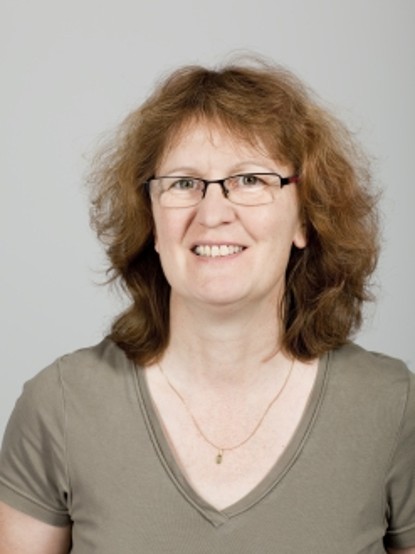Forced wetting under the influence of controlled body forces
Guest talk by Thodoris D. Karapantsios (Aristotle University of Thessaloniki)
2019/01/25
On 25 January 2019, Thodoris D. Karapantsios will hold a talk entitled “Forced wetting under the influence of controlled body forces”. The talk focuses on a new device which allows simultaneous rotation and tilting of the droplet substrate while following the droplet shape evolution with three cameras.Thodoris heads the Multiphase Dynamics Group at the Artistotle University of Thessaloniki.
Despite the significant effort in literature to study forced wetting of sessile droplets, there are still many unresolved issues. Among others, controversy still exists on (i) the effect of droplet size and shape on the force required for the inception of spreading and sliding, (ii) droplet shape deformation under cycles of increasing/decreasing tangential forces, and (iii) the effect of residual tangential forces on droplet shape. The latter two cases resemble industrial conditions where complicated body force sequences are applied. To resolve such issues a new device, Kerberos®, is constructed offering two innovative features:
(a) it allows simultaneous rotation and tilting of the droplet substrate to yield independent control of the normal and tangential forces applied to the droplet and (b) it follows the droplet shape evolution during rotation/tilting by three Wi-Fi cameras viewing at X-Y-Z directions. A new software tool is developed for fast image analysis of droplet video streams.
This tool delivers important 2D geometrical features of the droplet shape at each viewing direction and also allows reconstruction of the evolving droplet 3D shape and estimation of contact angles distribution along the droplet perimeter. Results for initially axisymmetric and non-axisymmetric droplets concerning contact angles, droplet length, droplet shape and velocity are presented.
Furthermore, results for the critical tangential accelerations required for the inception of spreading and sliding are discussed with respect to the applicability of the well-known Furmidge equation for the retention force in the case of initially non-axisymmetric droplets. The experimental droplet profiles under cyclic applied forces are compared with solutions of the linearized 2D and of the non-linear 3D Young-Laplace equations. The non-linear 3D Young-Laplace equation can describe the experimental profiles very well, confirming that the experiments are performed under quasi-steady conditions. The failure of the simplified 2D model is analyzed and suggestions for its improvement are given.
Date and time:
25 January 2019, 11:00-12:30 hrs
Venue:
L2|06 Room 100

